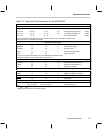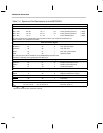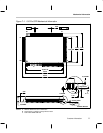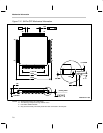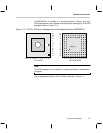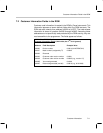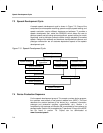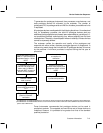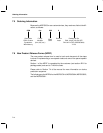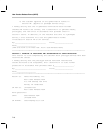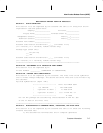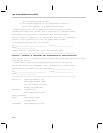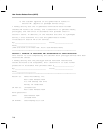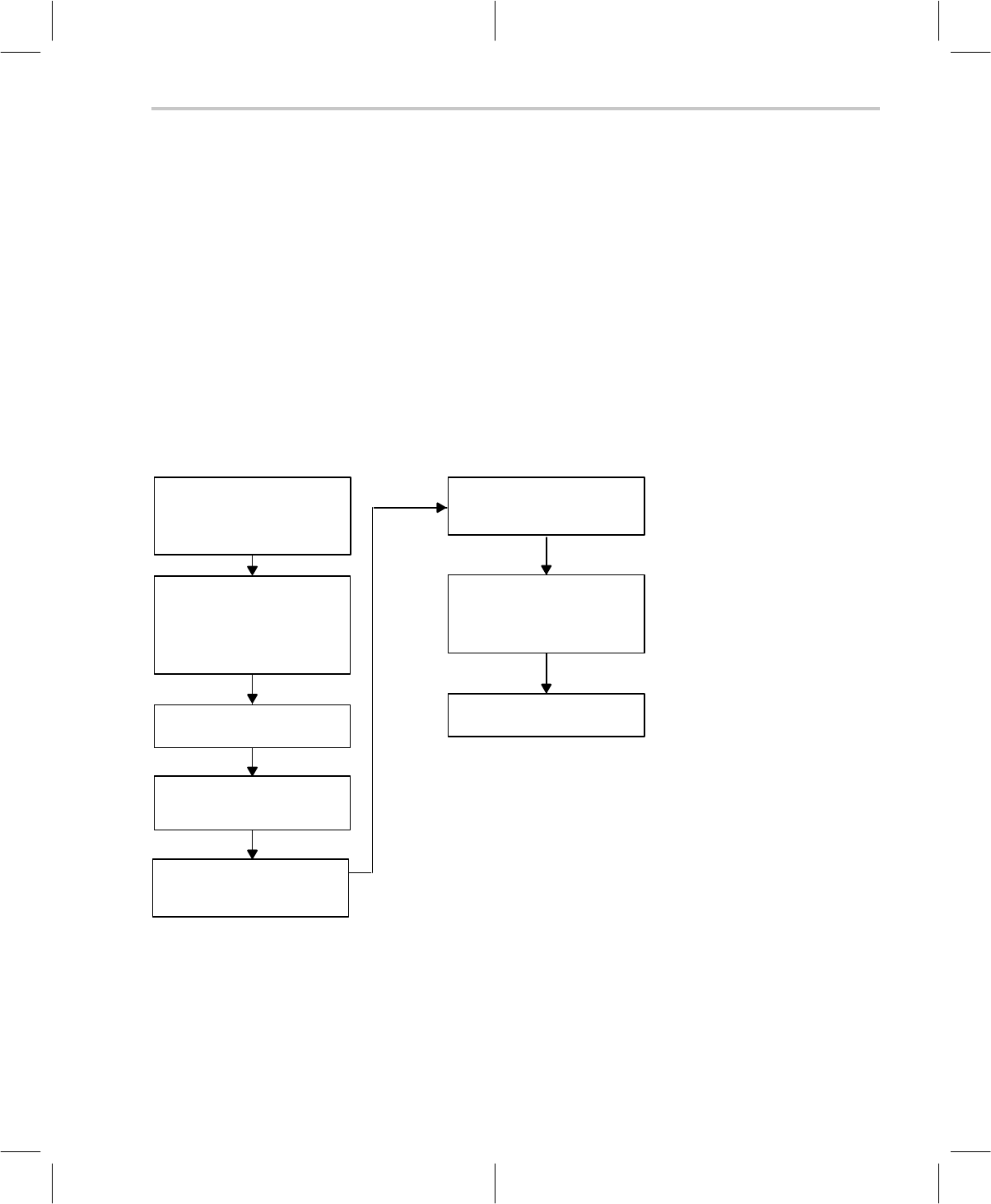
Device Production Sequence
7-13Customer Information
TI generates the prototype photomask, then processes, manufactures, and
tests prototype devices for shipment to the customer. The number of
prototypes is 25, for package sales and 200 for die sales, plus additional units
if requested.
All prototype devices are shipped with the following disclaimer: It is understood
that, for expediency purposes, the initial 25 prototype devices (and any
additional prototype devices purchased) were assembled on a prototype (i.e.,
not production-qualified) manufacturing line, whose reliability has not been
characterized. Therefore, the anticipated inherent reliability of these devices
cannot be expressly defined.
The customer verifies the operation and quality of the prototypes and
responds with either written customer prototype approval or disapproval. A
nonrecurring mask charge that includes the 25 prototype devices is incurred
by the customer. A minimum purchase is required during the first year of
production.
†
Customer Sends Code (in
QBN or TITAG format) and
completes Section 1 of the
NPRF
‡
TI completes Section 2A
of NPRF and sends verifi-
cation code (in QBN for-
mat) with BIST included &
NPRF form to customer
Customer verifies
code is correct.
Customer signs Section 3
of the NPRF and sends it
to TI
TI generates prototype
parts for Customer
verification
TI sends sample devices
to customer for
verification
Customer verifies the
devices work properly and
completes Section 4 of the
NPRF.
TI produces the chip
in production quantities
†
For MSP50C601 and MSP50C605 devices, the customer needs to send the code in QBN format and speech data in BIN format.
‡
For MSP50C601 and MSP50C605 devices, Texas Instruments will send the verification code in QBN format and the verification
speech data in BIN format.
Texas Instruments recommends that prototype devices not be used in
production systems. The expected end-use failure rate of these devices is
undefined; however, it is predicted to be greater than that of the standard
qualified production.



